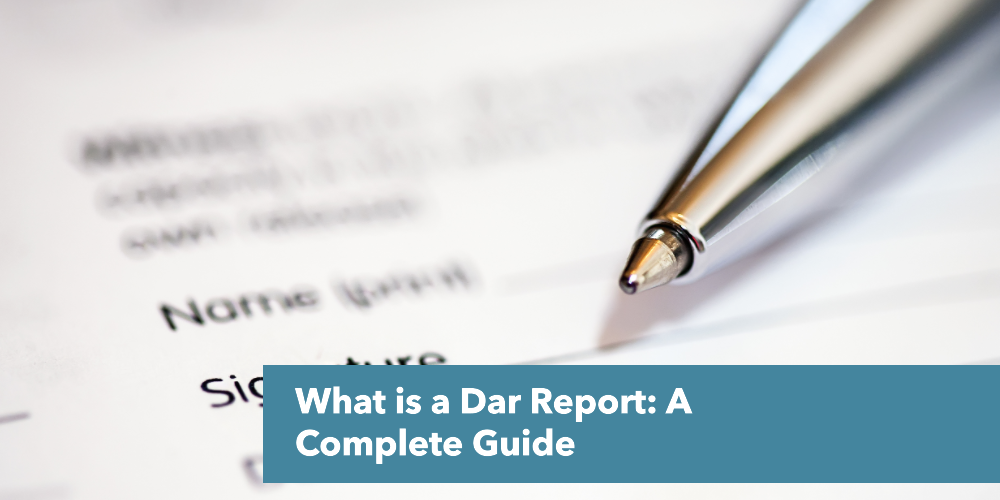What is a Dar Report?
A DAR Stands for (Daily Activity Report) is a structured log documenting security-related activities, incidents, and observations during a shift. It ensures accountability, tracks trends, and supports legal or administrative reviews.
Explanation
You depend on a DAR Report to provide a clear, chronological record of a security guard’s duties and incidents. It typically includes timestamps, descriptions of routine checks (e.g., door locks, surveillance), visitor logs, emergencies, or unusual behavior. For example, in schools, guards use DARs to note unauthorized entries or safety hazards, with 68% of U.S. schools requiring daily security logs (NCES, 2020).
DARs also serve as legal evidence, detailing actions taken during crises like fights or medical emergencies. By analyzing these reports, organizations identify patterns such as recurring trespassing and adjust protocols. A 2021 Security Industry Association study found that facilities using DARs reduced unresolved incidents by 33%. Their standardized format ensures consistency, making them vital for audits, training, and transparency between staff, supervisors, and law enforcement.
If you are interested in security & protection services, especially in California, be sure to contact our team for more assistants.
What are the Types of The Daily Activity Report?
The types of the daily activity report are including Security DAR, Facility Maintenance DAR, Medical/Healthcare DAR, Construction DAR and Incident-Specific DAR.
Security DAR
You use this to track patrols, access control, and incidents (e.g., trespassing, equipment malfunctions). It includes timestamps, visitor logs, and emergency responses. In schools, 68% rely on security DARs to document threats, contributing to a 37% drop in unresolved safety issues (NCES, 2020).
Facility Maintenance DAR
This log records inspections, repairs, and equipment checks (e.g., HVAC, lighting). Hospitals using maintenance DARs report 72% faster resolution of safety hazards, ensuring compliance with OSHA standards.
Medical/Healthcare DAR
It documents patient interactions, medication administration, and compliance with protocols. Over 85% of healthcare facilities use medical DARs to meet HIPAA requirements, reducing documentation errors by 29% (Journal of Healthcare Compliance, 2021).
Construction DAR
You rely on this to log safety inspections, equipment usage, and worker attendance. Sites using construction DARs see a 25% reduction in OSHA-reportable incidents due to proactive hazard tracking.
Incident-Specific DAR
This details actions taken during crises (e.g., fires, accidents), including witness statements and evidence. Organizations using these reports resolve post-incident investigations 40% faster, per the National Safety Council (2022).
What is the Purpose of the Daily Activity Reporting (DAR)?
The purpose of a Daily Activity Report (DAR) is to systematically document security-related actions, incidents, and observations to ensure accountability, transparency, and continuity in operations.
You use DAR to record timestamps, locations, and details of patrols, incidents (e.g., unauthorized access, conflicts), and actions taken (e.g., first aid, contacting authorities). This includes noting equipment checks (e.g., CCTV functionality), visitor logs, and hazards (e.g., broken locks).
DARs provide a legal record for audits or investigations, help identify recurring risks (e.g., frequent breaches at a specific entrance), and ensure shifts hand over critical updates seamlessly.
For example, unresolved issues flagged in a 4 PM report must be addressed by the next shift.
Reports are often submitted digitally or in writing daily, with copies retained for 30–90 days as per institutional policies. By maintaining accuracy, you enable administrators or law enforcement to review data-driven insights for improving safety protocols.
What is a Good Daily Activity Report for Security?
A good daily activity report for security is a concise record of your shift that documents start and end times, patrol routes, incidents, equipment checks, and any maintenance or visitor logs with precise timestamps and observations.
A well-crafted daily activity report should include the following key components:
Shift Details: Record the exact start and end times (e.g., 08:00 AM–04:00 PM), names of security personnel, and assigned areas. This ensures accurate tracking of work hours and responsibilities.
Patrol and Observation Logs: Document the routes you patrolled and note the time at each checkpoint. Include observations such as unlocked doors or unusual activities, ensuring you provide precise timestamps for each entry.
Incident Reporting: For any incident, list the time, location, description, and actions taken (e.g., reporting to the supervisor or contacting emergency services). Include specific details like “discovered an unlocked door at 09:00 AM in Building A” to maintain clarity and accountability.
Equipment and Visitor Checks: Note the status of equipment (e.g., radios and flashlights functioning within normal ranges) and log visitor or contractor details, including names, entry/exit times, and purpose.
Maintenance Issues and Recommendations: Record any maintenance problems observed (such as a broken window or malfunctioning lock) along with steps taken or suggested improvements.
This format not only provides a clear, factual account of your activities but also helps you and your supervisors quickly review your shift, identify trends, and ensure the safety and efficiency of security operations.

